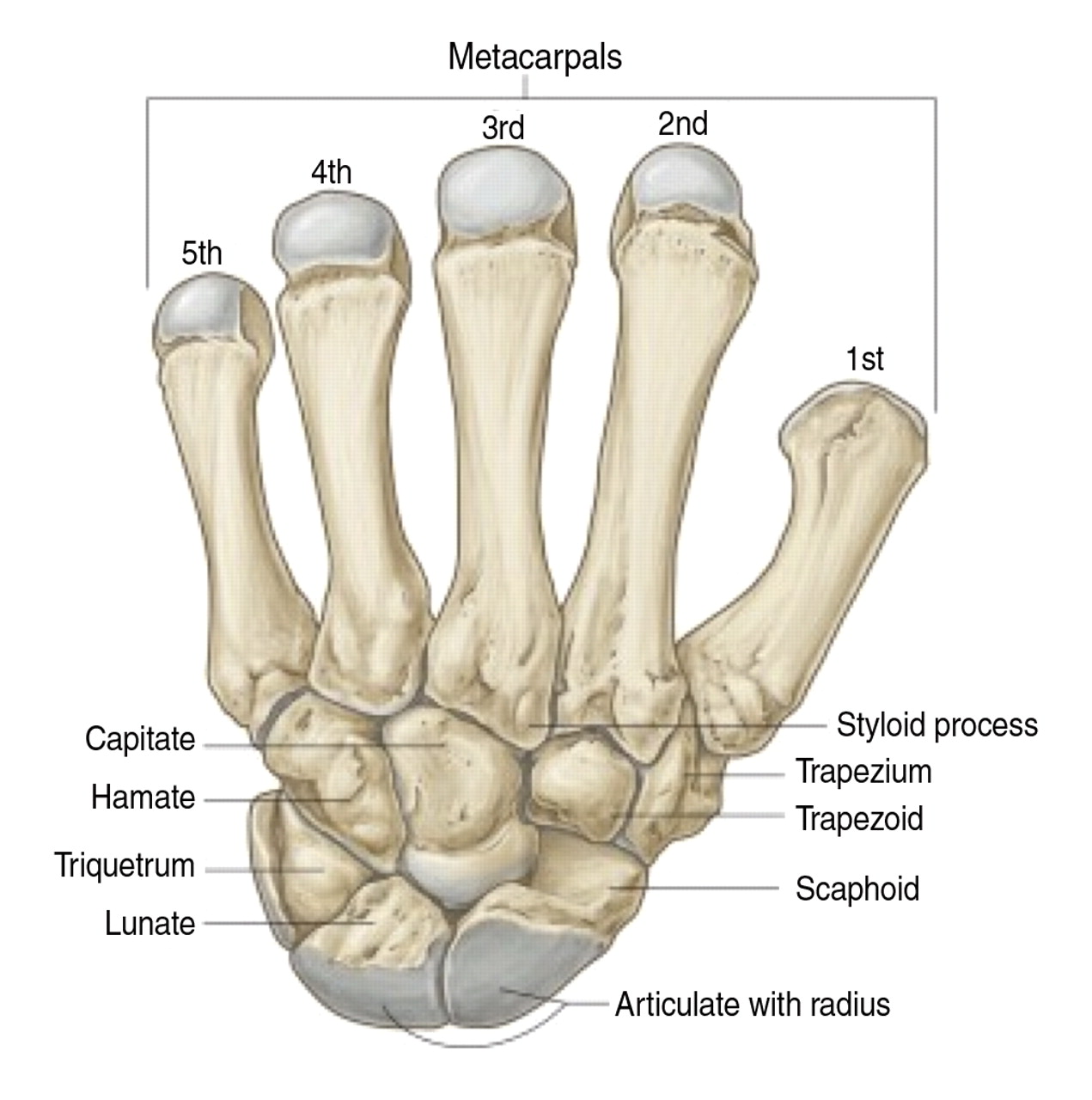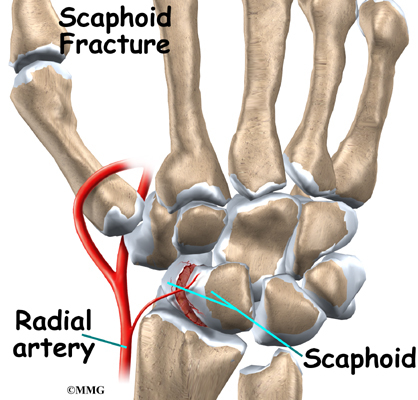

With this condition, it’s important to check your wrist for any other injuries that could have been sustained during your fall. This injury does not always heal correctly, even with surgery. Treatment includes surgery followed by physical therapy and careful monitoring for complications. If left untreated, a scapholunate tear can lead to a type of wrist degenerative arthritis called scapholunate advanced collapse (SLAC). However, unlike a sprain, this injury continues to cause pain over time and does not heal on its own. Because it causes pain and usually no physical deformities, some people mistake this FOOSH injury for a sprain. The scapholunate is a ligament (a tough band of tissue) in the wrist. Extensive radial head fractures where the bone has been damaged require surgery. Controlled movement is important with this injury. Treatment involves ice, elevation, and rest with either a sling or splint, followed by physical therapy.

Radial head fractures don’t always appear on X-rays. It might hurt so much that it’s difficult to move.Īn inability to move the elbow is a good indication of a possible radial head fracture. Most people feel this injury first as wrist and elbow pain.

The radial head is at the top of the radius bone, right below the elbow. This injury often co-occurs with a scaphoid fracture, so a doctor should always thoroughly check that part of the wrist for injury. More serious injuries require more extensive treatments, like surgery. Treatment depends on the severity of the injury.

It’s important to treat a styloid fracture as quickly as possible to avoid complications. The injury often only presents pain with no visual signs of injury like swelling and bruising. A FOOSH injury can fracture these bones on impact. The radial styloid is a bony projection on the thumb-side of your wrist, while the ulnar styloid is a bony projection on the pinkie-side of the wrist. With more severe fractures, a doctor most often recommends surgical treatment followed by physical or occupational therapy. A closed reduction can be done without cutting into your skin, but it can be very painful. Before doing that, your doctor might have to straighten your bones forcefully into place by performing what’s called a closed reduction. If you have a minor fracture, your doctor may recommend you wear a light cast or a splint, and allow it to heal over time on its own. You’ll also feel pain when you try to move your wrist. Often this type of fracture will cause swelling, bone displacement, bruising, and extreme pain along your radius. The radius is the larger of the two bones in your forearm. They affect your wrist where it meets your arm’s radius. Distal radius fractureĭistal radial fractures, including Colles’ and Smith fractures, are common FOOSH injuries. Less severe fractures may be treated by putting your hand and wrist in a cast, while severe fractures require surgery to mend the broken scaphoid bone together. If you feel pain on the thumb-side of your wrist following a fall, see a doctor. But putting off treatment for a scaphoid fracture may lead to future complications caused by incorrect healing.Ĭomplications may include poor blood flow into your bones, bone loss, and arthritis. The injury is sometimes believed to be a sprain or strain because it does not usually cause a physical deformity. You’ll notice this pain within a few days of your fall. The main symptom is pain, with or without swelling or bruising, on the side of your thumb. It’s one of the most common FOOSH injuries. Common types of FOOSH injuries Scaphoid fractureĪ scaphoid fracture is a break in one of the eight small bones that make up the wrist.


 0 kommentar(er)
0 kommentar(er)
